Vintage Tribal Kilim Runner 3' 1" x 9' 8" (37" x 116")
Type:
Kilim RugsCollection:
Tribal RunnersID:
K0077319Size:
Material:
The designs feature a rich array of symbols representing tribal culture and Anatolian motifs, often in the form of medallions, diamonds, and other geometric shapes.
The designs feature a rich array of symbols representing tribal culture and Anatolian motifs, often in the form of medallions, diamonds, and other geometric shapes. These kilim runners are ideal for hallways and narrow spaces, offering a touch of ethnic charm and artisanal quality to any interior.
Herki kilims not only serve as functional floor coverings but also as artistic expressions of tribal identity, making each rug a unique cultural artifact.
Design Elements
- Geometric Patterns: The kilim features a series of diamond and square motifs arranged in a linear fashion, characteristic of traditional tribal woven designs. These shapes symbolize strength and stability.
- Symmetry and Repetition: The use of symmetry highlights balance and harmony within the design. Repetition of motifs creates unity and rhythm in the overall aesthetic.
- Borders: A defined border surrounds the main design elements, adding structure to the piece. Borders often signify boundaries and can represent protection in tribal designs.
- Texture: The flatweave technique of kilim construction creates a unique texture that contributes to a tactile quality, enhancing the visual appeal of the piece.
Colors
- Neutral Tones: The predominant color palette consists of warm, earthy hues such as beige and browns. These colors evoke a natural aesthetic that blends well with various interior styles.
- Contrast: Darker browns against lighter shades create visual contrast, allowing the motifs to stand out prominently. This contrast adds depth and dimension to the design.
- Symbolism of Color: Earthy colors represent connectedness to the earth and nature, symbolizing grounding, stability, and comfort.
Main Motifs and Their Symbolism
- Diamond Shapes: Often considered symbols of protection and strength, diamonds may also represent prosperity and wealth in tribal cultures.
- Square Motifs: These shapes denote stability, security, and strong foundations, reflecting the importance of family and community ties.
- Linear Arrangements: The sequential layout of motifs indicates a journey or passage, often reflecting life cycles or the journey of life within the tribal context.
Summary
The vintage tribal kilim runner showcases intricate design elements through geometric patterns and a balanced layout. Its warm, neutral color palette reinforces a connection to nature while enhancing its visual interest. The prominent motifs, such as diamonds and squares, symbolize protection, prosperity, stability, and the cyclical nature of life, deeply rooted in tribal heritage.
- Ships in 1-4 business days
- Only one in stock, handmade, unique
- Free shipping via FedEx Express. Easy returns
- Contact us or add a note to your order if you want us to delay your shipping.
- Request more info if you want this rug shorter or narrower
Colors may appear slightly different across various monitors due to screen settings device differences, and external lighting conditions. If color accuracy is important for your space, we recommend viewing the rug on multiple devices or contacting us for a detailed color description. We can provide detailed photos and references using Sherwin-Williams, Benjamin Moore, Pantone, or even Crayola crayons.
You can also visualize most of our products in your own room with AR (augmented reality) on an iPhone or iPad.
Return Policy
Need a rug pad? We recommend RugPadUSA

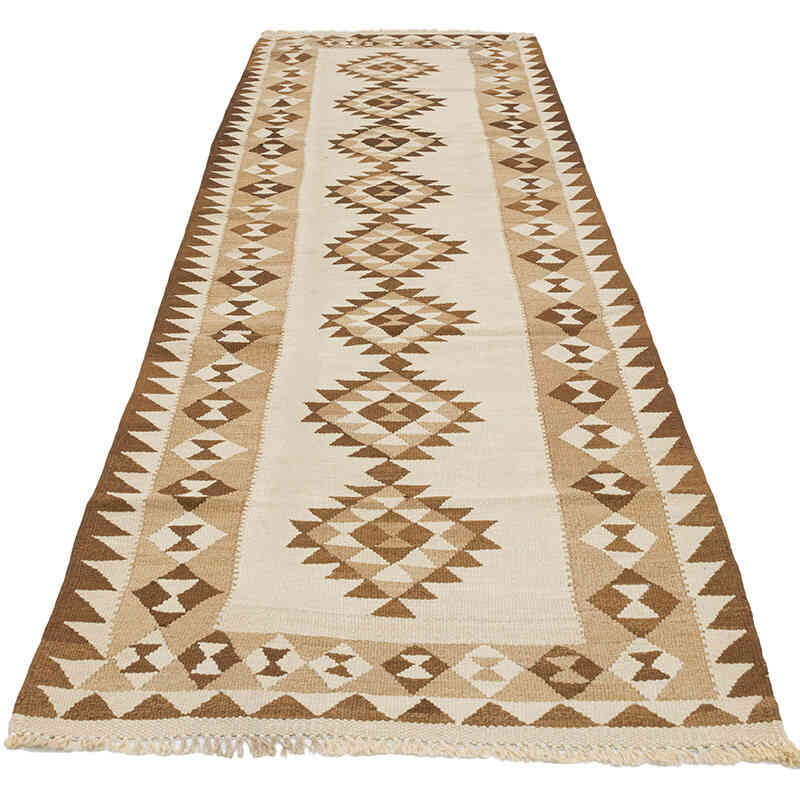
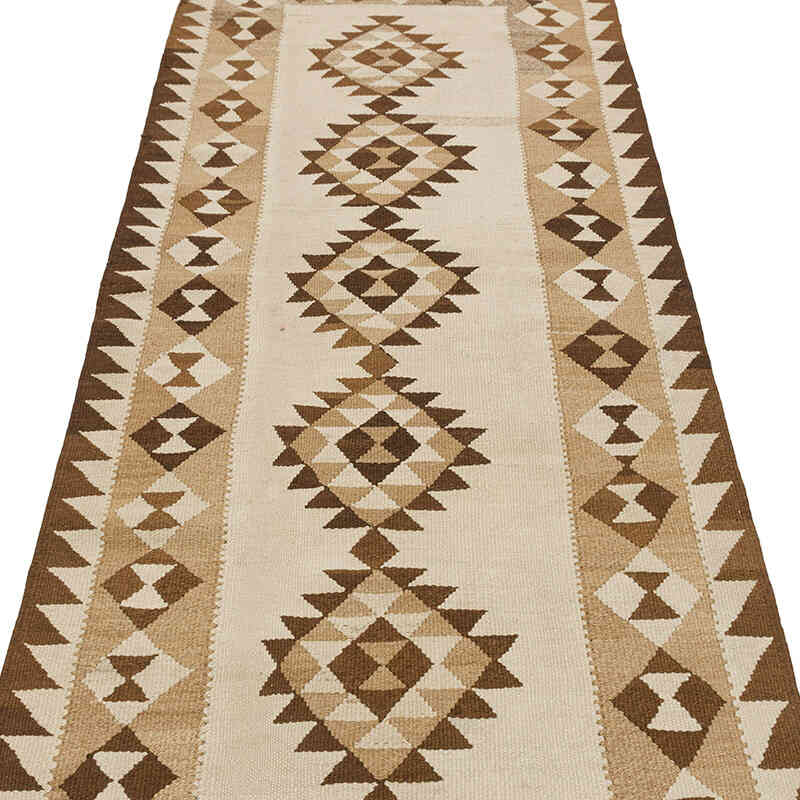
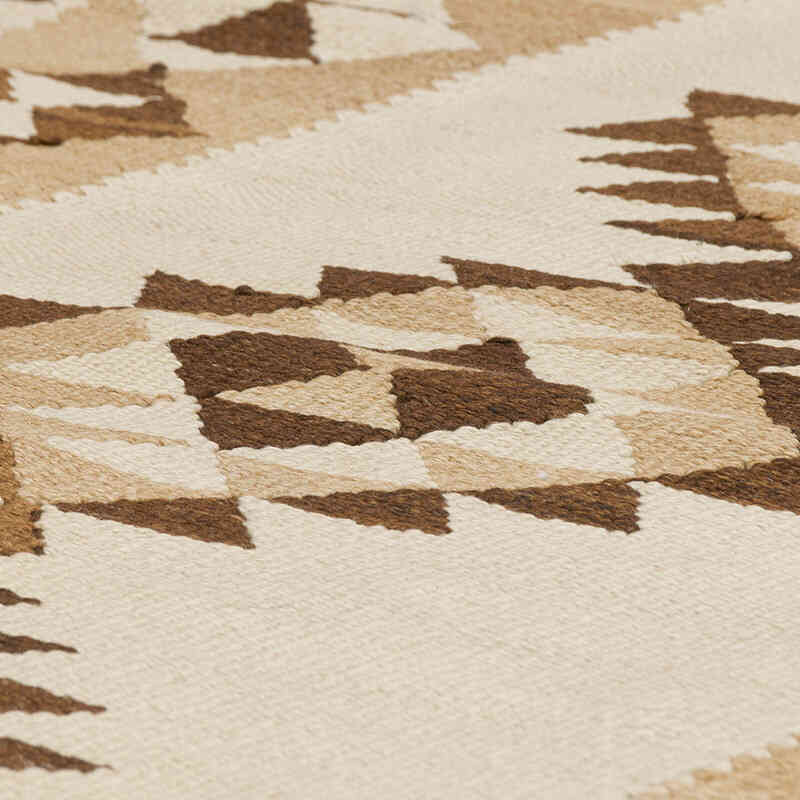
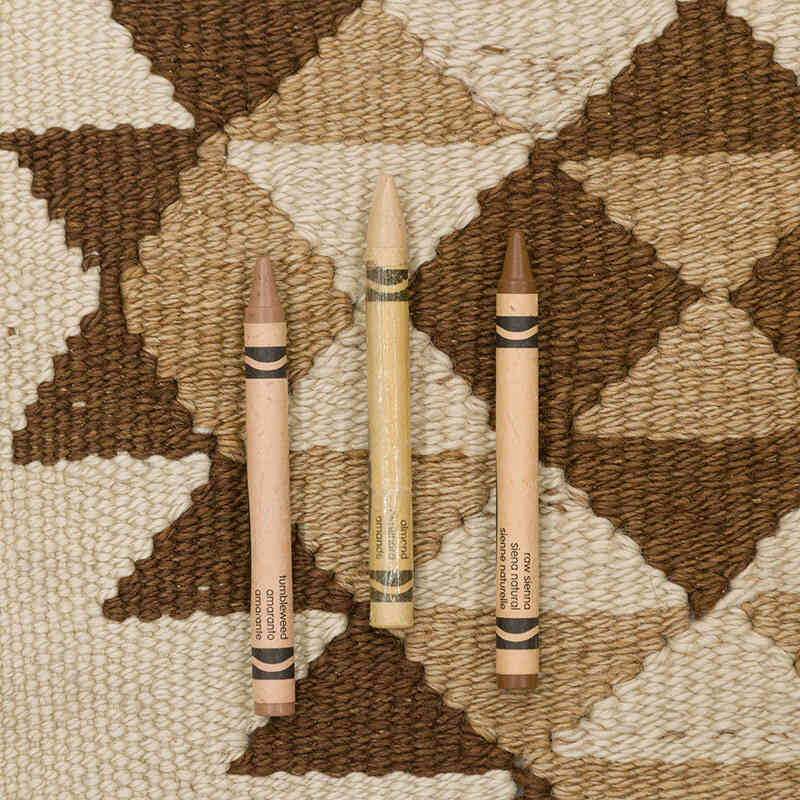
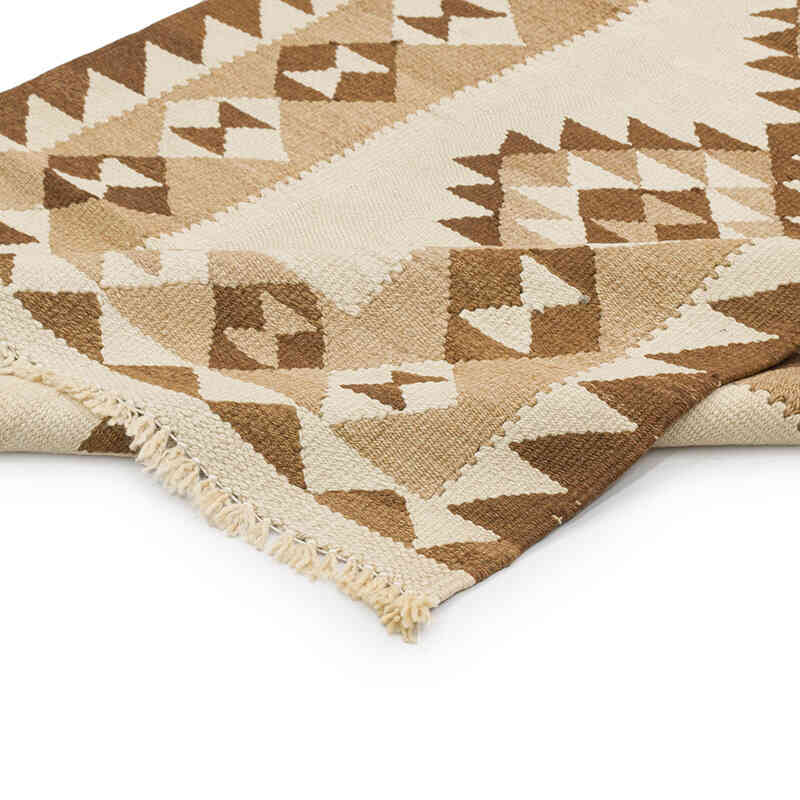
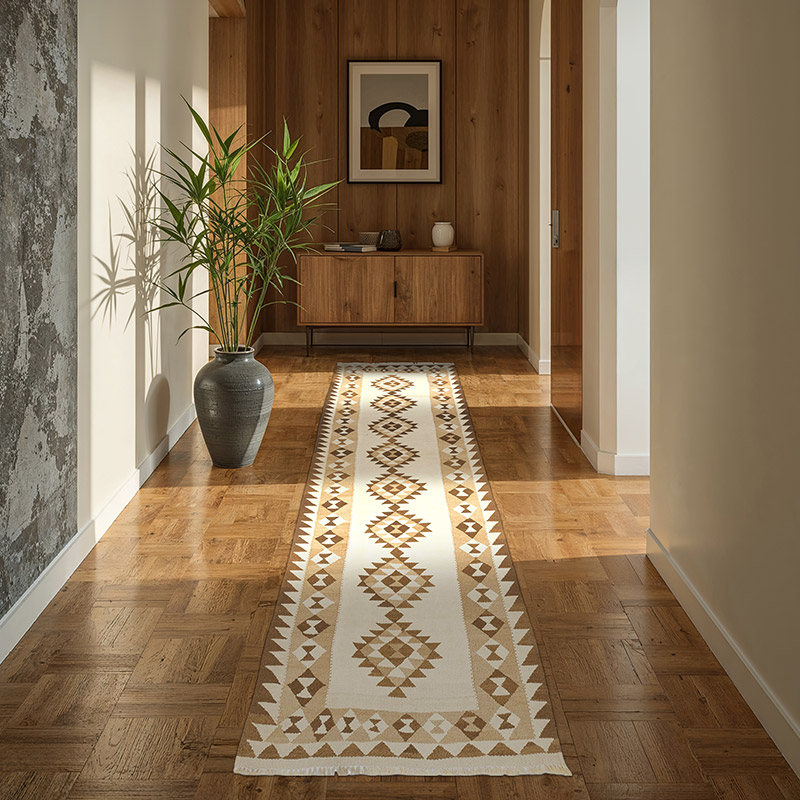













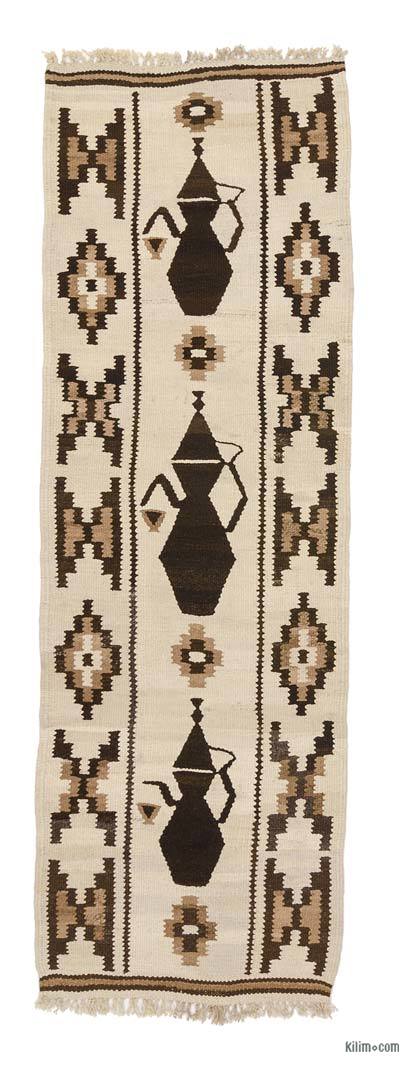

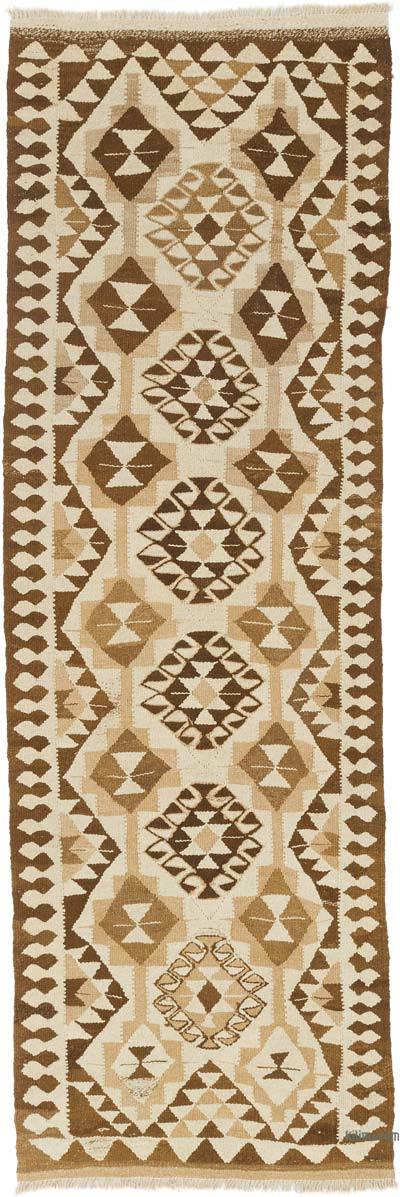
Just Perfect